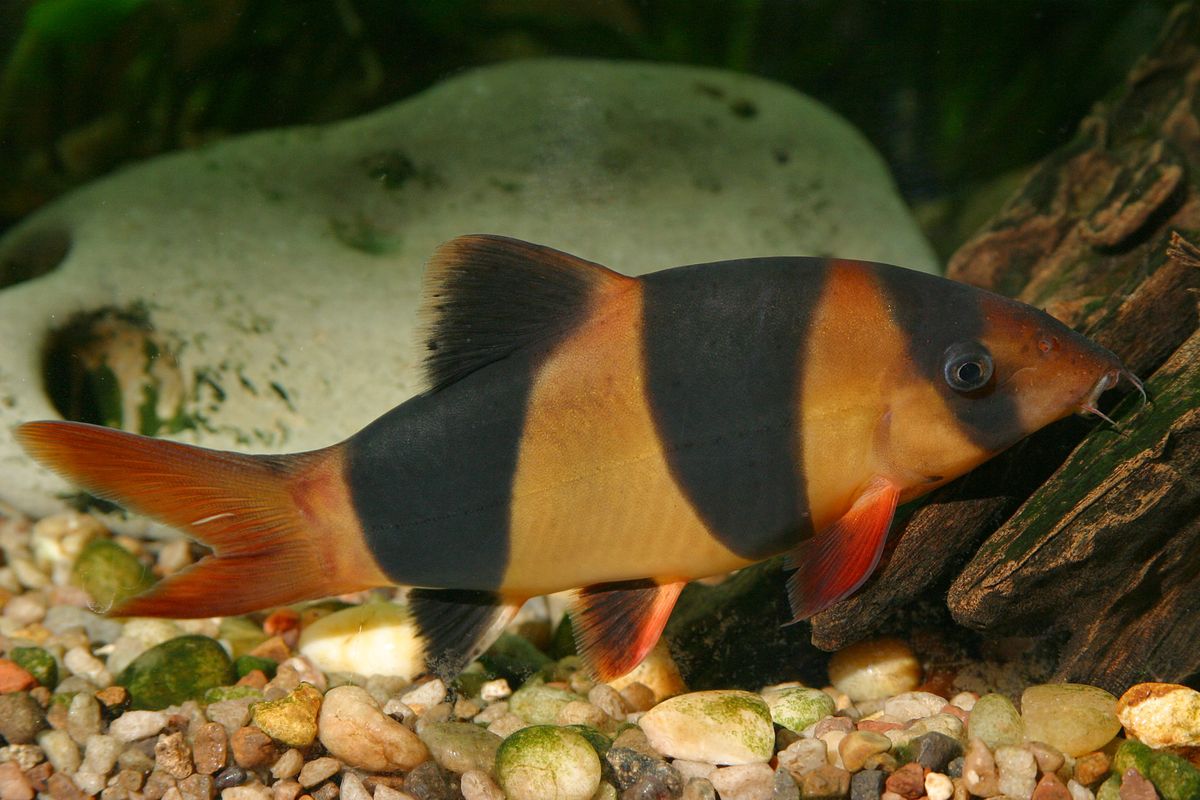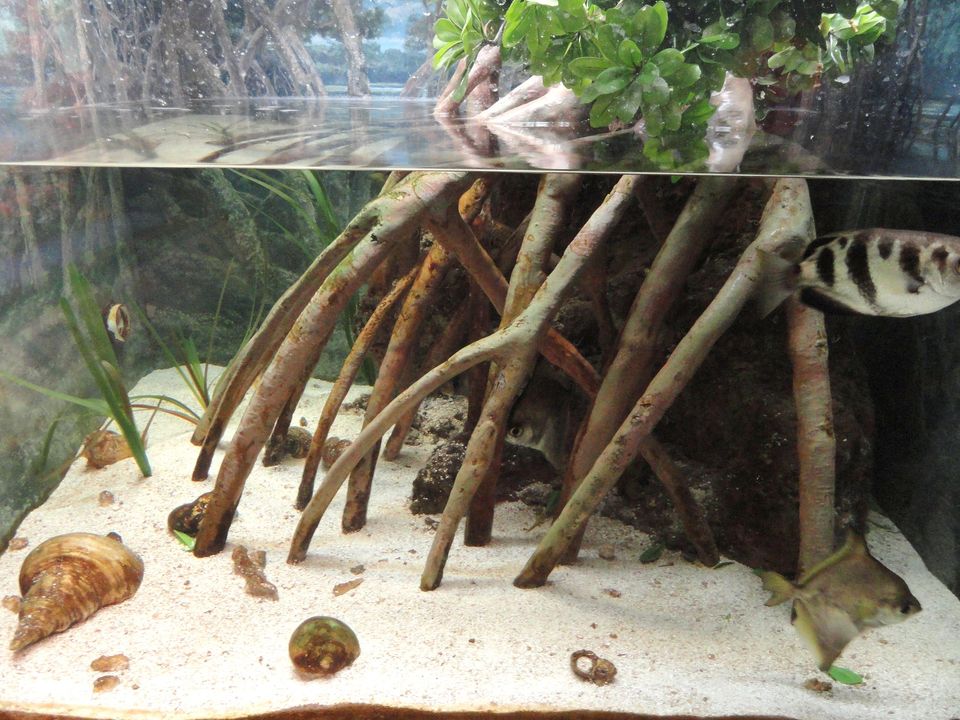Clown Loaches: Guide to Keeping These Colorful and Personable Fish
Clown loaches are a popular and colorful species of fish that are native to the rivers of Indonesia. With their distinctive stripes and playful personalities, clown loaches are a favorite among fishkeepers. Let's learn a little.

Clown loaches (Chromobotia macracanthus) are a popular and colorful species of fish that are native to the rivers of Indonesia. With their distinctive stripes and playful personalities, clown loaches are a favorite among fishkeepers. In this article, we'll take a closer look at clown loaches, including their characteristics, care requirements, and potential challenges of keeping these fish.
Clown Loach Characteristics
Clown loaches are medium to large fish, typically reaching a size of about 6-12 inches (15-30 cm) in length. They have a distinctive striped pattern that includes bands of orange, black, and white. Clown loaches are known for their playful and curious nature, and they are often seen swimming and interacting with their tankmates.
Clown Loach Habitat and Distribution
In the wild, clown loaches can be found in the rivers of Indonesia, including the Sumatra, Kalimantan, and Java regions. They are typically found in slow-moving, shallow streams and rivers with muddy or sandy bottoms.
In the aquarium, clown loaches require a spacious tank with plenty of swimming room and a well-established ecosystem. They prefer a moderate to strong current and will do well in a tank with a good filter to provide this. Clown loaches are sensitive to water quality and should be kept in a tank with a pH between 6.0 and 7.5 and a temperature between 76 and 82 degrees Fahrenheit (24-28 degrees Celsius).
Clown Loach Behavior and Socialization
Clown loaches are generally peaceful and do well in a community tank with other peaceful fish. They are social animals and do best when kept in groups of at least six individuals. Clown loaches are known for their playful and curious nature, and they are often seen swimming and interacting with their tankmates.
Clown Loach Care Requirements
Clown loaches are generally easy to care for and do well in a community tank with other peaceful fish. They require a spacious tank with plenty of swimming room and a pH between 6.0 and 7.5. They are sensitive to water quality and should be kept in a well-filtered tank with regular water changes.
Clown loaches are omnivorous and require a varied diet consisting of both plant-based and protein-based foods. They can be fed a variety of live, frozen, and dry foods, including brine shrimp, daphnia, bloodworms, and high-quality flake or pellet foods. It's important to provide a varied diet to ensure that clown loaches are getting all the nutrients they need.
Potential Challenges of Keeping Clown Loaches
One potential challenge of keeping clown loaches is their size. As they grow, they will require a larger tank with plenty of swimming room and a powerful filter to maintain good water quality.
Another potential challenge is their diet. Clown loaches require a varied diet of both plant-based and protein-based foods, and it can be difficult to provide enough of these foods in some aquariums. Supplementing their diet with live or frozen foods, such as brine shrimp or daphnia, can help ensure that they are getting all the nutrients they need.
Clown loaches are also prone to illness if they are stressed or if the water quality is poor. Common health problems in clown loaches include parasites, bacterial infections, and fungal infections.
To help prevent health problems in clown loaches, it's important to provide a peaceful and stress-free environment, maintain good water quality, and provide a varied and nutritious diet. Regular check-ups and monitoring for signs of illness can also help catch and address any potential health issues early on.
Clown Loach Reproduction
Clown loaches are difficult to breed in captivity and are not commonly bred by hobbyists. In the wild, they reproduce by laying eggs, which are then fertilized and hatch into fry. The fry are then carried by the male until they are large enough to fend for themselves.
Conclusion
Clown loaches (Chromobotia macracanthus) are a popular and colorful species of fish that are native to the rivers of Indonesia. With their distinctive stripes and playful personalities, clown loaches are a favorite among fishkeepers. They are generally easy to care for and do well in a community tank with other peaceful fish. They require a spacious tank with plenty of swimming room, a pH between 6.0 and 7.5, and a varied diet consisting of both plant-based and protein-based foods. Clown loaches are sensitive to water quality and should be kept in a well-filtered tank with regular water changes. Despite their low-maintenance nature, clown loaches can be prone to illness if they are stressed or if the water quality is poor. With the right care and attention, clown loaches can be a low-maintenance and enjoyable addition to any freshwater aquarium.




